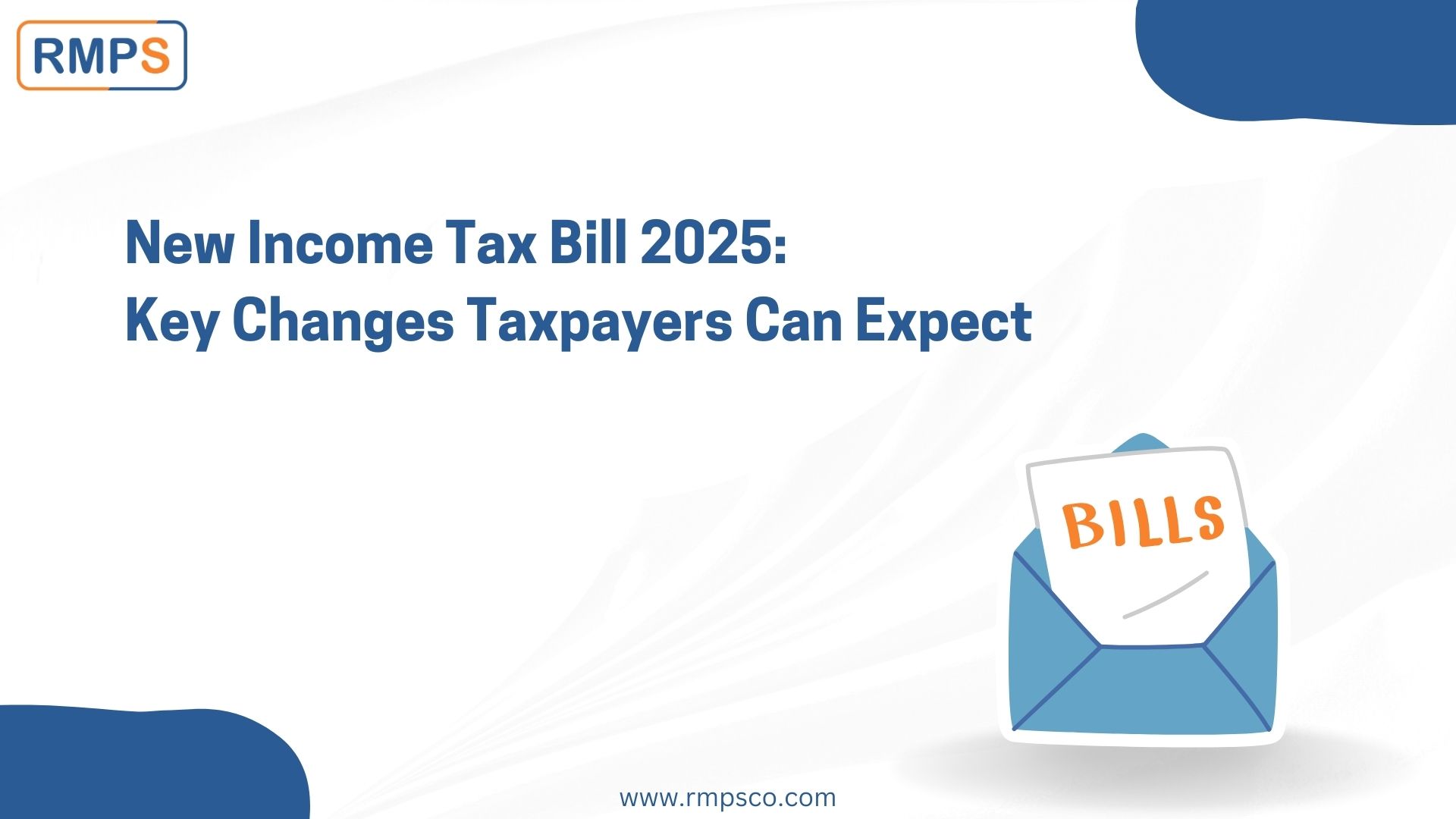
The Income Tax Bill, 2025, introduced in Parliament on February 13, 2025, marks a significant step toward modernizing India’s taxation framework. This new bill replaces the Income Tax Act, 1961, aiming to simplify tax laws, improve compliance, and enhance transparency. The government’s objective is to align taxation with the evolving economic landscape, making it easier for businesses and individuals to navigate the system.
This blog highlights the key changes introduced in the bill and how they impact taxpayers.
Key Changes in the New Income Tax Bill, 2025
1. Structural Simplification
The new bill reduces complexity by eliminating outdated provisions and restructuring tax laws.
- Reduction in Volume: The bill condenses tax laws from over 800 pages to 622 pages, making tax provisions more concise.
- Consolidation of Provisions: All non-profit organization-related provisions, which were scattered throughout the 1961 Act, are now grouped under specific clauses for better clarity.
2. Introduction of the ‘Tax Year’
A major terminology shift aims to reduce confusion for taxpayers.
- Terminology Update: The “Assessment Year” and “Previous Year” are replaced with “Tax Year”, defined as a 12-month financial year starting in April.
3. No Change in the Financial Year
Despite the introduction of the tax year, the financial year will continue from April 1 to March 31, keeping India’s tax system aligned with global and domestic financial reporting standards.
4. Revised Income Tax Slabs
The bill proposes adjustments to income tax slabs to provide relief to taxpayers.
- Updated Tax Rates:
- The basic exemption limit has increased.
- Individuals earning up to ₹12 lakh annually will not have to pay tax due to rebates under Section 87A.
5. ITR Filing Due Dates & Compliance
The bill retains the existing ITR filing deadlines:
- For individuals (salaried employees not requiring audits): July 31
- For taxpayers requiring audits: October 31
- For assessees filing reports under Section 172: November 30
ITR Filing Due Dates in the New Tax Bill
| Taxpayer Category | ITR Due Date |
|---|---|
| Companies | October 31 |
| Individuals needing audits | October 31 |
| Partners of firms needing audits | October 31 |
| Assessees under Section 172 | November 30 |
| Other taxpayers | July 31 |
6. Simplification of Tax Deduction at Source (TDS) Provisions
- The number of TDS and TCS provisions has been reduced from 71 to 11, making compliance easier.
7. Filing Revised & Belated Returns
The option to file revised and belated returns continues:
- Belated ITR can be filed within nine months from the end of the tax year or before assessment completion, whichever is earlier.
- Revised ITR follows the same timeline.
- The government may exempt specific classes of taxpayers from filing returns when necessary.
8. Retention of Income Categories
The bill maintains the five existing income heads for clarity:
- Salaries
- House Property
- Business or Profession
- Capital Gains
- Other Sources
9. Language and Presentation Enhancements
To improve accessibility, the bill features simplified language and better formatting:
- Replaces complex terms: Words like “notwithstanding” are now replaced with “irrespective” for better readability.
- Tabulated Tax Rates: Tax rates and deductions are presented in tables, eliminating confusing conditions attached to legal clauses.
10. Standard Deduction Adjustments
- The standard deduction for salaried employees and pensioners has increased, offering greater tax relief.
11. Clarification on Presumptive Taxation
- The bill defines profit computation for presumptive taxation schemes under Sections 44AD, 44AE, and 44ADA, ensuring clearer rules for businesses and professionals.
12. Increased Thresholds for Presumptive Taxation
To benefit small businesses, the government raises turnover limits for opting into the presumptive tax scheme:
- For businesses (Section 44AD): Increased from ₹2 crore to ₹3 crore.
- For professionals (Section 44ADA): Increased from ₹50 lakh to ₹75 lakh.
13. Taxation of Virtual Digital Assets (VDAs)
- The bill classifies cryptocurrencies and other virtual digital assets as taxable assets.
- These are now treated similarly to property and shares, ensuring regulatory clarity.
14. No Changes in Capital Gains Tax Rules
The existing capital gains tax structure remains unchanged, offering predictability to investors.
15. Implementation Timeline: April 1, 2026
The Income Tax Bill, 2025, is expected to take effect from April 1, 2026, marking the beginning of FY 2026-27.
- This allows taxpayers and businesses ample time to adjust to the new system.
Conclusion
The Income Tax Bill, 2025, introduces significant reforms aimed at simplifying tax compliance, reducing ambiguities, and modernizing India’s taxation system.
- The introduction of the tax year simplifies reporting and reduces confusion.
- ITR filing dates remain unchanged, ensuring stability for taxpayers.
- Higher exemptions, revised slabs, and simplified TDS rules ease compliance burdens.
- Virtual digital assets now have a clear tax framework, aligning with modern financial practices.
While these reforms promise better clarity and efficiency, their true impact will depend on implementation and integration into the financial system. As the Indian economy evolves, this new framework sets the foundation for a streamlined, accessible, and globally aligned taxation system.
For More Information You Can refer below Income Tax Bill 2025:
LinkedIn Link : RMPS Profile
This article is only a knowledge-sharing initiative and is based on the Relevant Provisions as applicable and as per the information existing at the time of the preparation. In no event, RMPS & Co. or the Author or any other persons be liable for any direct and indirect result from this Article or any inadvertent omission of the provisions, update, etc if any.
Published on: February 13, 2025
